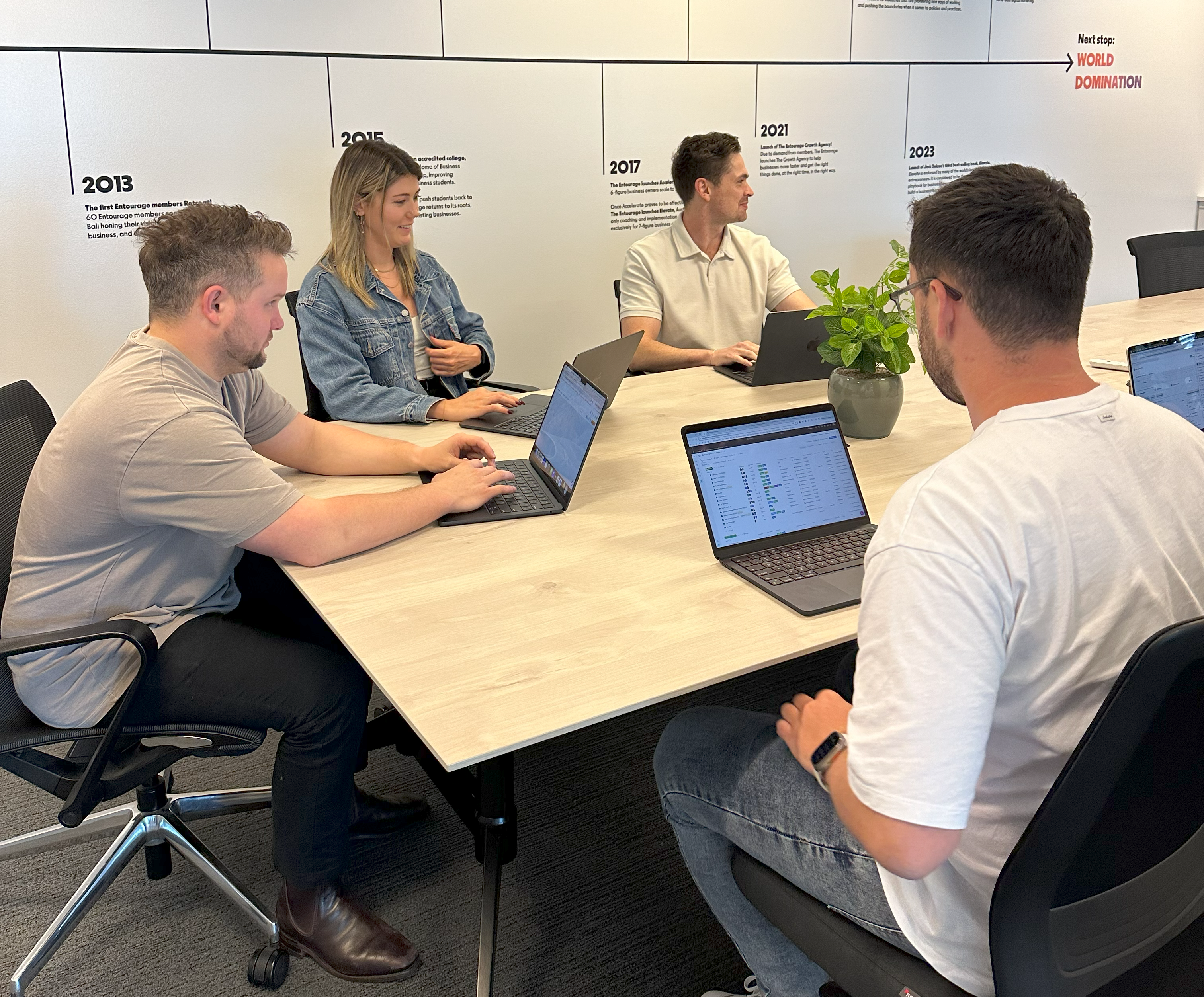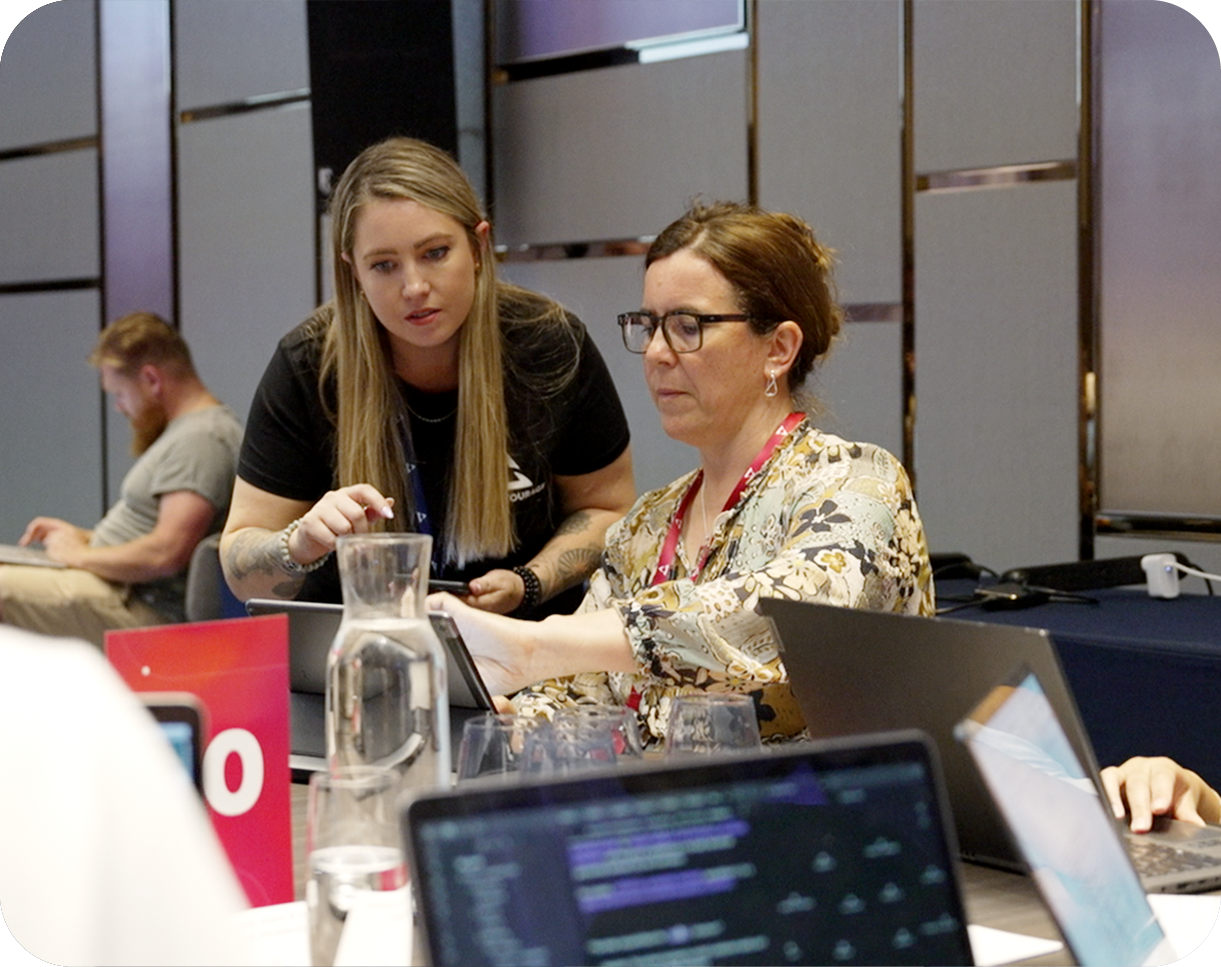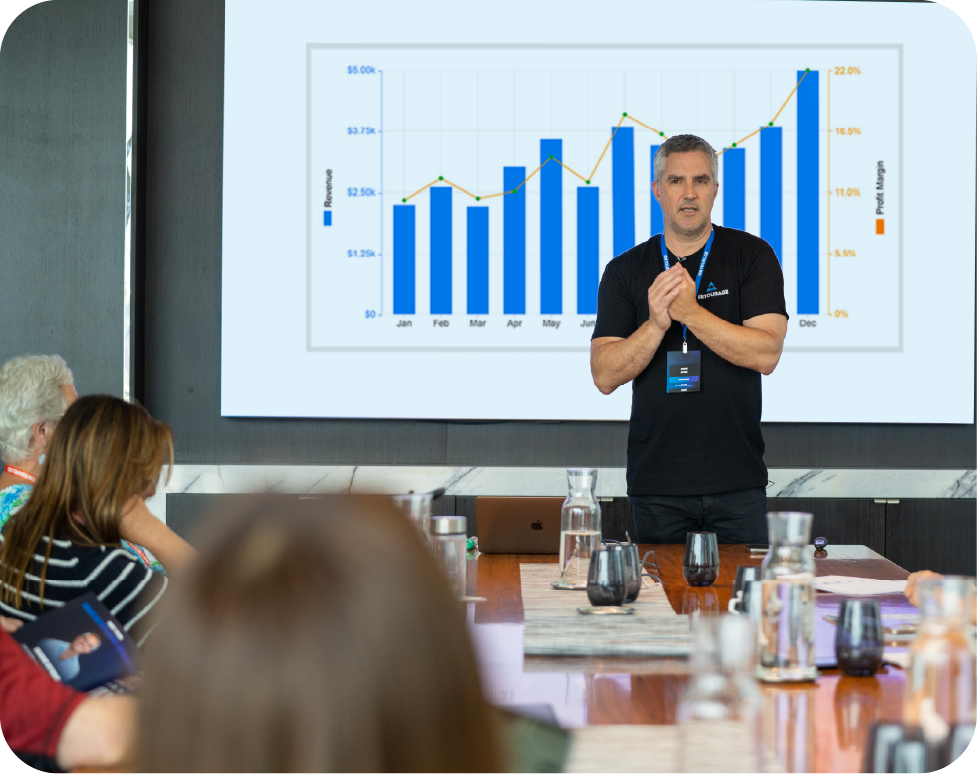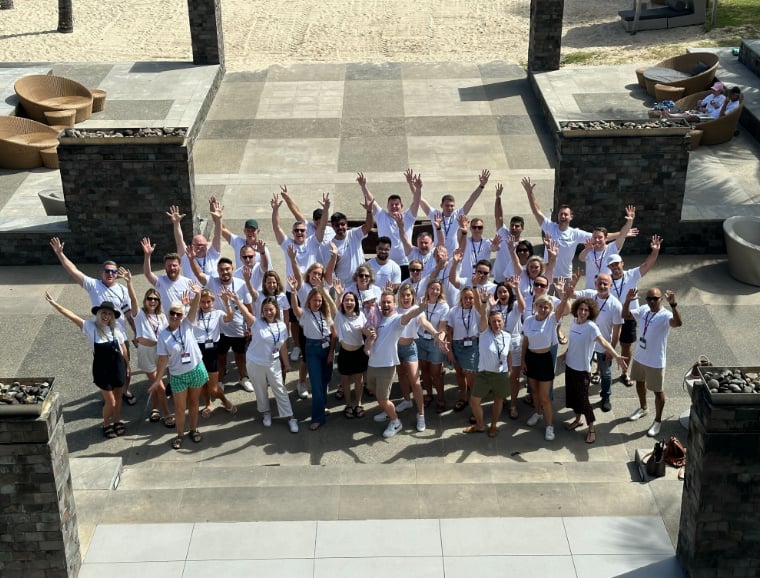The Hidden Costs of In-House Everything
Let me paint you a picture. Your company needs a product visualization. So you hire a designer. But wait - they need software licenses. Training. A powerful workstation. Suddenly that designer needs a manager. The manager needs an assistant. Before you know it, you've built an entire department for what started as a single project.
Sound familiar? You're not alone. The "we'll just do it ourselves" mentality has burned more budgets than failed startups. Peter Drucker wasn't kidding when he said, "Do what you do best and outsource the rest." Yet somehow, companies keep learning this lesson the hard way.
Here's the thing about specialized tasks like 3d rendering service work - they're deceptively complex. Sure, anyone can download Blender. But between downloading Blender and producing client-ready work? That gap is measured in years, not YouTube tutorials. Meanwhile, your competitors are already launching their second product line while you're still figuring out lighting settings.
Time Is Money (But Really Though)
The Expertise Gap
You know that friend who insists on fixing their own car? Three weekends later, covered in grease, they finally admit defeat and call a mechanic. Who fixes it in an hour. That's your in-house design attempt in a nutshell.
Professional design teams don't just work faster - they work at a completely different velocity. What takes your marketing coordinator three weeks to fumble through? A specialized team knocks it out in three days. Not because they're rushing. Because they've done it a thousand times before.
Consider these time sinkholes:
- Learning curve for new software
- Trial and error on techniques
- Revision cycles from lack of experience
- Technical troubleshooting
- Asset management chaos
- Version control nightmares
Each of these doesn't just waste time. They compound. Delays cascade. Deadlines slip. Opportunities vanish. Meanwhile, that outsourced team? They're already on their next project.
Scaling Without Breaking
Flexibility in Action
Here's a scenario. January: you need one product render. February: suddenly you need fifty. March: back to five. April: oh wait, now it's a hundred.
With in-house staff, you're either overstaffed or overwhelmed. No middle ground. But outsourcing? It's like having a volume dial instead of an on/off switch. Scale up for product launches. Scale down during quiet periods. Pay for what you need, when you need it.
The statistics back this up. Companies report 40-50% faster time-to-market when outsourcing specialized tasks. That's not just efficiency. That's competitive advantage. First to market while others are still hiring.
Real businesses discovered this flexibility during 2020's chaos. Remember when everyone pivoted overnight? The companies that survived didn't have massive internal teams. They had agile partnerships. They adapted because they could afford to adapt.
Global Talent Pool at Your Fingertips
Geography used to matter. Now? Your perfect designer might be in Mumbai, Manila, or Manchester. Doesn't matter. What matters is they're the best at what they do.
This isn't about cheap labor. Let's kill that myth right now. This is about specialized expertise. That designer in Eastern Europe who only does automotive renderings? They're not cheaper because they're worse. They're affordable because their cost of living differs. Their quality? Often superior to local generalists.
The math is simple:
- Specialized talent - People who do one thing brilliantly
- Competitive pricing - Global market forces at work
- 24/7 productivity - Time zones become an advantage
- Cultural perspectives - Fresh eyes on familiar problems
- No geographic limitations - The best person, not the nearest person
Tim Ferriss nailed it: "Focus on being productive instead of busy." Outsourcing isn't about doing less. It's about doing what matters.
Risk Mitigation Through Specialization
Every in-house hire is a gamble. Wrong fit? That's three months salary down the drain. Plus recruitment costs. Plus training investment. Plus the intangible cost of disrupted team dynamics.
Outsourcing flips the risk equation. Not happy with the work? Switch providers. Project cancelled? No severance packages. Technology changes? That's their problem to solve, not yours.
But here's the deeper risk nobody talks about - opportunity cost. Every hour your team spends on non-core activities is an hour not spent on what makes your business unique. That programmer learning Photoshop? They could be writing code. That manager overseeing render farms? They could be developing strategy.
Specialization isn't just efficient. It's protective. When design software updates break everything, your outsourced team handles it. When new techniques emerge, they're already trained. When industry standards shift, they've already adapted.
The Numbers Game
Real ROI Examples
Let's get specific. Companies typically save 20-30% on operational costs through strategic outsourcing. But raw percentages don't tell the whole story.
Scenario A: Mid-size architecture firm
- In-house 3D team: $300,000 annually (salaries, software, hardware)
- Outsourced equivalent: $180,000 annually
- Savings: $120,000
- Bonus: No management overhead
Scenario B: E-commerce startup
- Hiring product photographer: $60,000 salary + $30,000 equipment
- Outsourced product rendering: $25,000 annually
- Savings: $65,000 first year
- Bonus: Unlimited revisions included
Scenario C: Real estate developer
- Building visualization department: $500,000 investment
- Project-based outsourcing: $150,000 annually
- Savings: $350,000
- Bonus: Access to multiple style specialists
These aren't theoretical. These are real businesses making real decisions based on real math. And the math doesn't lie.
When Outsourcing Makes Sense (And When It Doesn't)
Let's be honest. Outsourcing isn't always the answer. Sometimes you need that in-house capability. But how do you know?
Outsource when:
- The task is specialized but not core to your business
- Demand fluctuates significantly
- Expertise requirements exceed your team's capabilities
- Speed to market matters more than control
- Technology changes rapidly
- You need best-in-class quality occasionally
Keep in-house when:
- It's your secret sauce
- Daily collaboration is essential
- Intellectual property is hypersensitive
- You need instant, constant iteration
- It's genuinely cheaper long-term
- Cultural integration is critical
The sweet spot? Hybrid approaches. Keep strategic design in-house. Outsource execution. Maintain creative control. Delegate technical production. Think of it like a restaurant - you create the recipes, but you don't grow the vegetables.
Smart companies aren't asking "Should we outsource?" They're asking "What should we outsource?" Because here's the truth - you're already outsourcing. You don't generate your own electricity. You don't build your own computers. You don't code your own operating systems. Design tasks? Same principle, different application.
The data shows 78% of businesses report improved focus on core activities after strategic outsourcing. That's not just efficiency. That's clarity. When you stop trying to do everything, you can finally do something exceptional.
Look around. The most successful companies aren't the ones doing everything themselves. They're the ones doing their thing brilliantly while letting others handle their things equally brilliantly. It's not about capability. It's about capacity. Not about can you, but should you.
Your competitors are already doing this. They're moving faster, spending less, and producing more. Not because they're better at everything. Because they're better at recognizing what they're actually good at.
The question isn't whether to outsource design tasks. It's whether you can afford not to. Because while you're debating, someone else is already delivering. And in today's market, second place is just first loser.
Time to make a choice. Build everything yourself and move at construction speed. Or build partnerships and move at market speed. Your call. But remember - time and budget wait for nobody.
Related Categories
Ryan Terrey
As Director of Marketing at The Entourage, Ryan Terrey is primarily focused on driving growth for companies through lead generation strategies. With a strong background in SEO/SEM, PPC and CRO from working in Sympli and InfoTrack, Ryan not only helps The Entourage brand grow and reach our target audience through campaigns that are creative, insightful and analytically driven, but also that of our 6, 7 and 8 figure members' audiences too.





